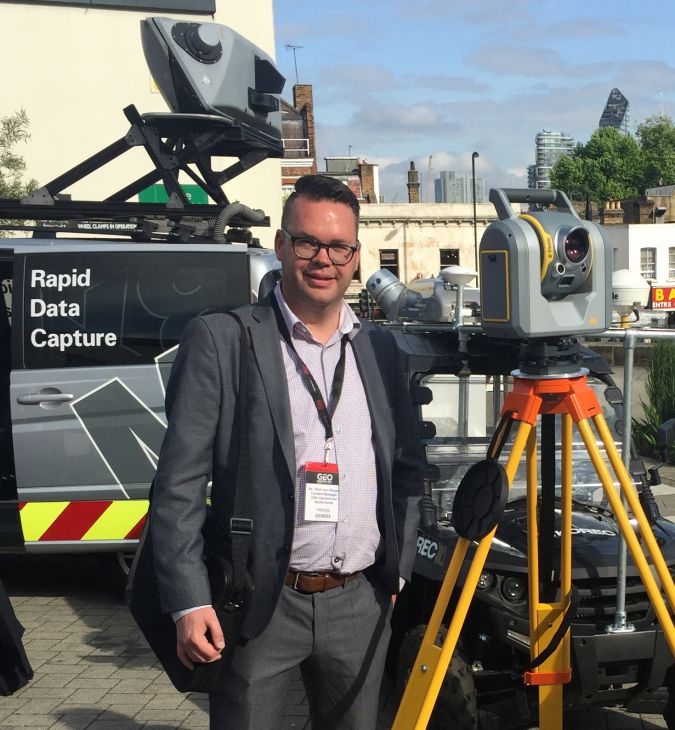The geospatial industry faces a major challenge: how to attract a new generation of mapping and surveying professionals. The sector is crying out for talented young individuals who are willing and able to enter the profession. But, as a quick glance at the labour market reveals, they are currently in short supply, so other measures are needed. A good starting point is to increase the industry’s interaction with children in primary and secondary schools to help them see the relevance of geomatics.
If I look back on my own schooldays, geography and topography were among my favourite subjects, but as far as I can recall the teachers left us completely in the dark about the data aspect. I vaguely recollect a class in which the teacher mentioned Gerardus Mercator, but that was basically it. Very little attention was given to cartography and how map-making data is acquired – and that is a missed opportunity, in my view. I am sure that if we can make school pupils more aware of mapping the environment in all its aspects and on all its scales – let’s call it increasing their ‘geospatial awareness’ – then we will see a steep rise in young people’s interest in pursuing a career in this direction.
Dynamic evolution
In today’s era of rapid digital advancements the new arrivals on the job market are all ‘digital natives’, so a lack of affinity with technology is no longer a barrier to entering the industry. Another box that can be ticked is the ‘cool factor’, which our sector indisputably has. Few other industries can match the dynamism seen in the evolution of geomatics over recent years. However, the geospatial industry as a whole is currently failing to convey the innovativeness and excitement of the profession and all its fields of application, meaning we are missing out on a big opportunity to energise and enthuse the younger generation. The time has come to show that land surveying no longer deserves its ‘dull and boring’ reputation!
Teaming up with schools
Data that is acquired by satellites, aircraft, autonomous vehicles, drones; 3D scanning; the exciting area of Lidar and all its applications; 3D city models; the ability to overlay real-world imagery with database information; robotics, artificial intelligence and machine learning; virtual reality and the Internet of Things… this is a list of just a few of the ‘cool’ elements that can serve as input for ‘cool’ presentations and lessons. Geospatial professionals regularly hold guest lectures for university students. Couldn’t (and shouldn’t) that be done on a much bigger scale, and for children of a younger age? Wake up and connect with primary and secondary schools. Teaming up with schools and colleges will be worth the extra effort in the long run!
Hands-on learning is fun
One particularly innovative initiative is GeoFort, an educational geo-experience centre housed in a former defence fortress in the Netherlands. GeoFort aims to enthuse children of all ages for the geospatial world! The founders have developed educational programmes to fulfil three objectives: first and foremost a Sense of Fun, followed by a Sense of Experience and a Sense of Urgency. As Willemijn Simon van Leeuwen, one of the founders, said previously in a Q&A with GIM International: “We adhere to this very strictly. If the fun part is really good the children will explore very enthusiastically, which turns learning into an automatic process. A sense of urgency is very important because children are much more motivated if they see the relevance of what they are doing. At GeoFort they see a simulation of a flood and they have to make a good evacuation plan using digital maps. It’s a serious business! And last but not least, learning is much easier when you experience it yourself.”
Couldn’t this be rolled out worldwide? And shouldn’t the geospatial industry take up the challenge to create more awareness of – and enthusiasm for – our beautiful profession?


